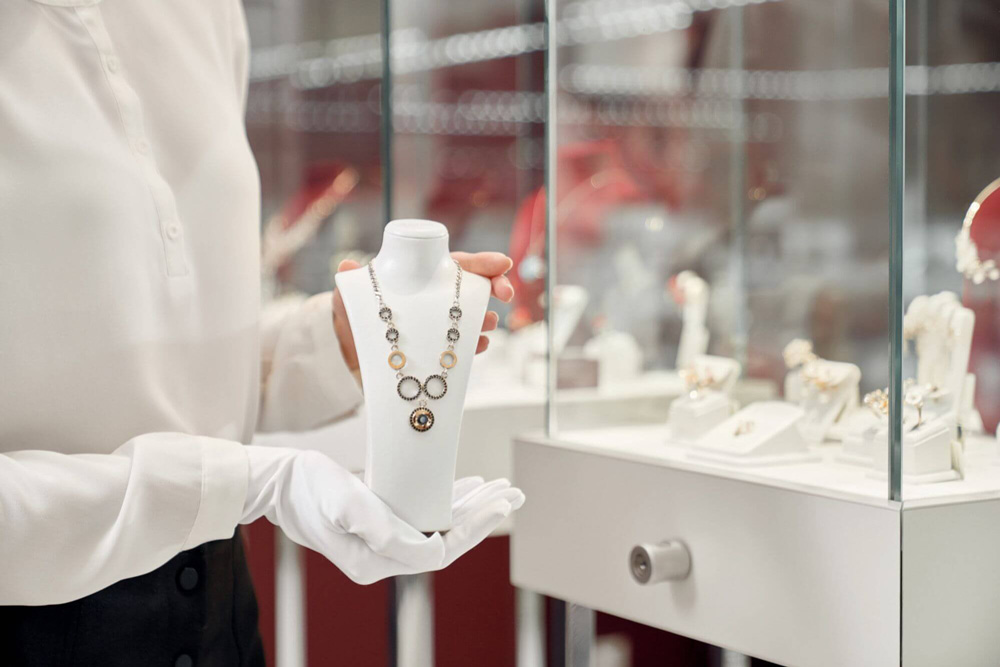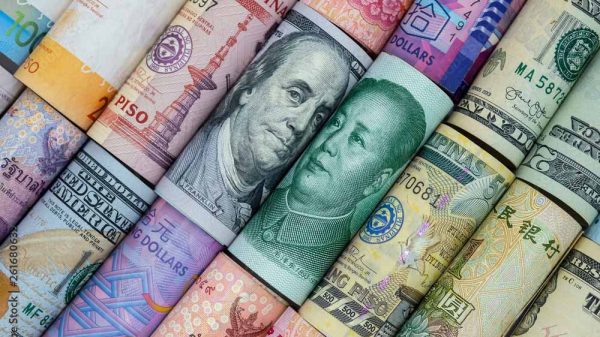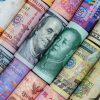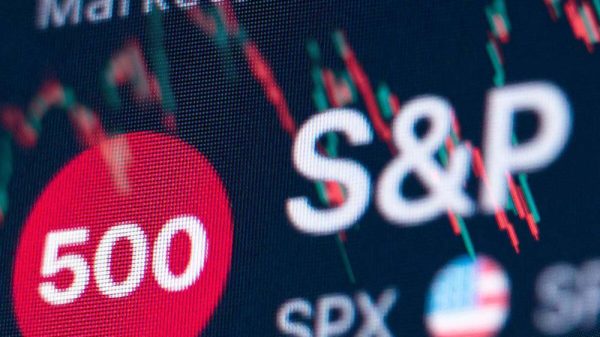While the U.S. luxury market faces headwinds, one category continues to glitter: jewelry. According to a recent Citigroup analysis, jewelry sales are outperforming other luxury goods, even as overall spending on high-end items like handbags and clothing declines.
Jewelry Outpaces Other Luxury Sectors
The Citi report reveals that U.S. consumers are pulling back on luxury spending, with credit card transactions on luxury goods falling during the first five months of 2025 compared to the same period in 2024. However, jewelry has emerged as a bright spot, consistently outperforming categories like leather goods and ready-to-wear fashion.
In May alone, total luxury jewelry sales surged by 10.1% year-over-year, continuing a trend of monthly growth since September 2024. Unlike other luxury categories, where growth has been largely driven by higher spending from existing customers, jewelry also saw an increase in the number of buyers.
Thomas Chauvet, a Citi analyst, attributes this resilience to the perception of jewelry as both an investment and a sentimental purchase. “When you have $3,000 to spend on luxury, are you going to buy a piece of jewelry or a handbag for the same price?” Chauvet explained. “The piece of jewelry gives you superior intrinsic value, thanks to its precious metals, and superior emotional meaning.”
Gold Prices and Consumer Sentiment Boost Jewelry Sales
The recent run-up in gold prices has further bolstered jewelry’s appeal. Gold prices have risen by over 25% since the start of 2025, while luxury jewelry brands like Cartier have increased their prices by less than 5%. This relative affordability, coupled with the enduring value of gold, has made jewelry a more attractive option for consumers.
Chauvet also noted that jewelry carries a unique emotional value, often purchased as a gift or to commemorate milestones. These factors give jewelry an edge over other luxury items, such as handbags, which have struggled to differentiate themselves in recent years. “Handbags have offered limited newness,” Chauvet said, pointing out that many designs are difficult to distinguish from one another.
Broader Luxury Market Struggles
Despite jewelry’s success, the broader luxury market remains under pressure. Overall luxury spending in May fell by 1.7% year-over-year, following sharper declines of 6.8% in April and 8.5% in March. Even luxury watch spending, which saw a 14.7% increase compared to May 2024, has been inconsistent. Notably, top watch brands experienced a 10% decline in sales during the same period.
Handbags, once a mainstay of the luxury market, have seen steadily rising prices—up 30% to 40% since the pandemic—without offering consumers significant innovation or added value. This has led many shoppers to prioritize other categories, like jewelry, that offer better perceived value.
Economic and Political Uncertainty Looms
While May’s spending data shows signs of resilience, Chauvet cautioned against interpreting it as a turning point for high-end consumers. Economic and political uncertainties continue to weigh on consumer confidence. The U.S. dollar has weakened by about 10% year-to-date, reducing Americans’ purchasing power abroad. Additionally, looming threats like a possible 31% tariff on Swiss goods and the Iran-Israel conflict’s impact on oil prices could further influence spending patterns.
“We know the U.S. consumer feels better about life when the dollar is strong,” Chauvet said. A weaker dollar not only affects international luxury purchases but also dampens overall consumer sentiment.
The Future of Luxury Spending
The luxury sector’s trajectory remains uncertain. While jewelry has proven to be a standout performer, other categories will need to innovate to regain momentum. Handbag makers, for instance, are banking on promising fall and winter 2025 collections to reverse their fortunes.
For now, jewelry’s combination of intrinsic value, emotional appeal, and investment potential makes it the crown jewel of the luxury market. As Chauvet put it, “It’s probably sensible to buy a Cartier bracelet now, given the price increases have been moderate and the value of gold continues to rise.”

